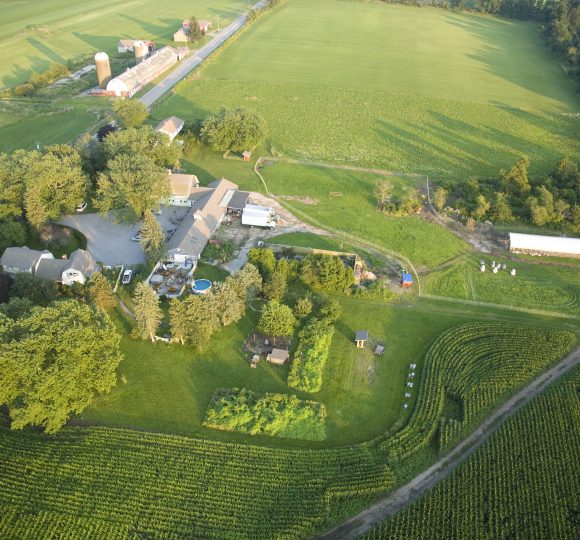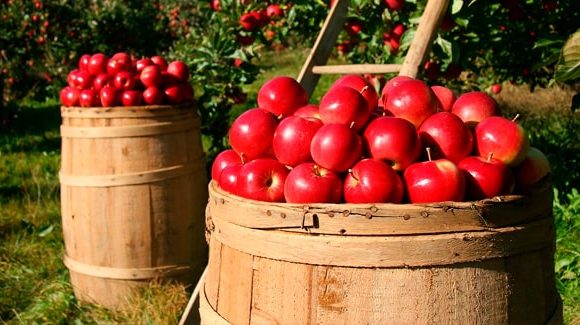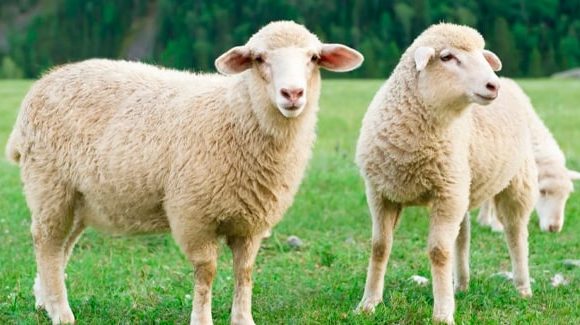Part-time farming has increased throughout the developed countries since World War II. In the 1970s and early 1980s, the United States experienced a large and widespread increase in the number of farms of less than 50 acres, most of which sold less than $10,000 a year in farm products. The majority of these were `hobby’ farms and were located in rural-urban fringe areas of growing nonmetropolitan regions. In sufficient numbers, the proliferation of these hobby farms may threaten the future viability of commercial farm operations by raising land prices, fragmenting land holdings, and thus hindering the expansion of commercial farms and the consolidation of parcels into commercial farm units. America’s state and local governments have been slow to regulate the spread of hobby farms in the rural-urban fringe and in growing nonmetropolitan areas. Attempts in the State of Oregon to control hobby farms have met with mixed success. Yet the Oregon approach offers important lessons for other areas of the United States as well as other developed countries. In fringe areas in particular, policies and incentives need to be devised and implemented to locate hobby farms away from commercial farming areas and to eliminate tax subsidies for hobby farms so that the long-term viability of commercial farming can be maintained.
Publications
Hobby Farming in America: Rural Development or Threat to Commercial Agriculture?
Publication Name
Journal of Rural Studies
Links
Author
Thomas L. Daniels
Publisher
Bristol, UK: Journal of Rural Studies
Page Numbers
31-40
Publication Date
January 01, 1986
Publication Type
Articles
State
National
Keywords
Agricultural Economic Trends, Farmland Affordability





